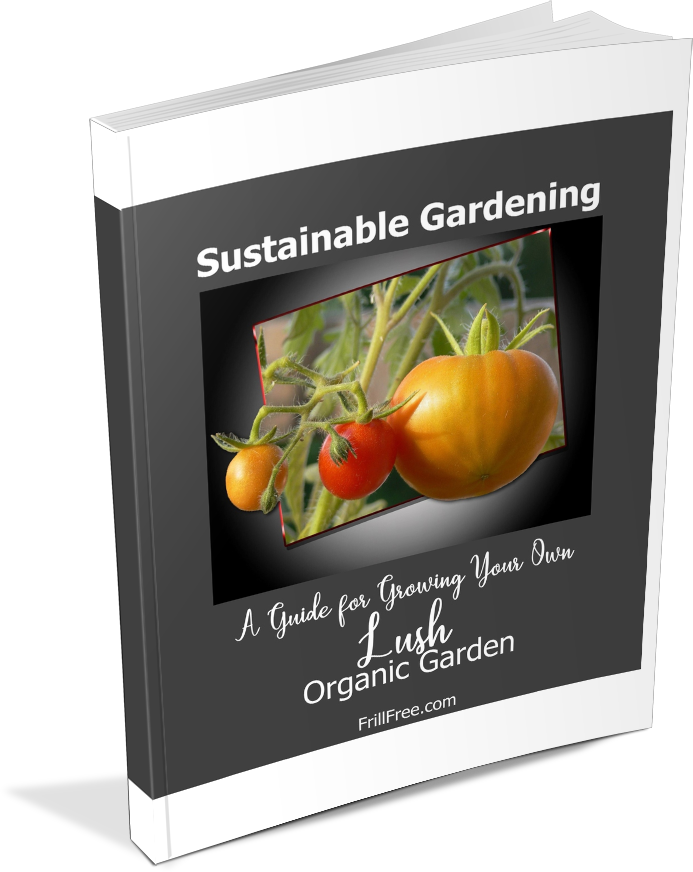- Homesteading
- Methods of Organic Farming
- Lasagna Gardening
Lasagna Gardening
Layers of Organic Matter
Lasagna gardening is a method of producing soil in place, similar to sheet composting, but you actually never turn this or dig it over.
In fact, you never have to do anything to it again, except add more ingredients to your lasagna – as the bottom layers settle and start to provide the stuff of life to microorganisms and earthworms, you simply put more on the top of the pile.
Allowing nature to complete the composting process undisturbed while your plants thrive is best of all possible worlds.
Once built, it gives you more time to do the tasks you prefer, such as propagating or planting, or simply playing.
How to Begin Lasagna Gardening
 Lasagna Gardening - all the things...
Lasagna Gardening - all the things...To start lasagna gardening it’s best to have some of your supplies on hand.
You’ll need some way of cutting off the light to the area, such as old carpet, large sheets of cardboard or lots of newspaper.
I like the larger newspapers, not the tabloid type. You can also use several sheets of newsprint; purchase a roll end from newspaper publishers.
Use several sheets together so they don’t rot down before the weeds germinate through them.
Also have on hand some of the ingredients to be layered, such as bags of fall leaves, horse manure, sawdust or any other waste that’s easily spreadable.
Your area doesn’t need to be tilled first; however, large weeds and grass should be trimmed off with a weed whacker or lawnmower.
Unless the pieces are very woody, they can be left right there in place and will rot along with your other additions or raked up and burned to make bio-char.
The first layer should be some kind of compost, horse manure or chopped leaves.
Lawn clippings can get hot and even become a fire hazard, so allow them to dry out a bit, and layer them thinly. Even better, put the grass clippings in the chicken pen and let them do the work.
Then layer the newspaper or cardboard over that. Start layering ingredients like these into your lasagna bed:
- Sawdust or wood chips.
- Lawn clippings.
- Old hay or straw - the perfect way to use your old hay bale garden.
- Chopped fall leaves.
- Any other organic material that is easy to spread and readily available in your area.
In between these layers, add some ripened compost or garden soil, and sprinkle a small amount of wood ashes or Dolomite lime to help the process. Glacial rock dust, alfalfa pellets and blood or bone meal are optional.
You can plant larger plants such as shrubs or perennials directly into the bottom layer right away and keep adding more layers around them. The smaller plants you will be able to plant once the bed has rotted down, in a season or two.
Eventually, your bed will be raised up off the original level by at least a few centimeters, or up to about 20cm (8”).
Water well, and then allow it to rot down.
In a few weeks, you can continue to add more layers as you find them.
In time, if you dig down, you’ll find that the lower layers are rotted down into pure compost, and may even be filled with worms, generously donating their energy to mixing up the layers for you.
Over
time, weeds will be a thing of the past. In the soil below, they
quickly exhaust themselves. Be warned though; if you ever decide to
till up the aged lasagna bed, the soil underneath will still contain
weed seeds and they'll germinate.
Some lasagna gardens have been in place for up to a decade, and the gardener simply continues to add more layers on top of the existing ones as they shrink.
Lasagna gardening is a great technique for lazy gardeners – or should I say, smart gardeners?
















